






















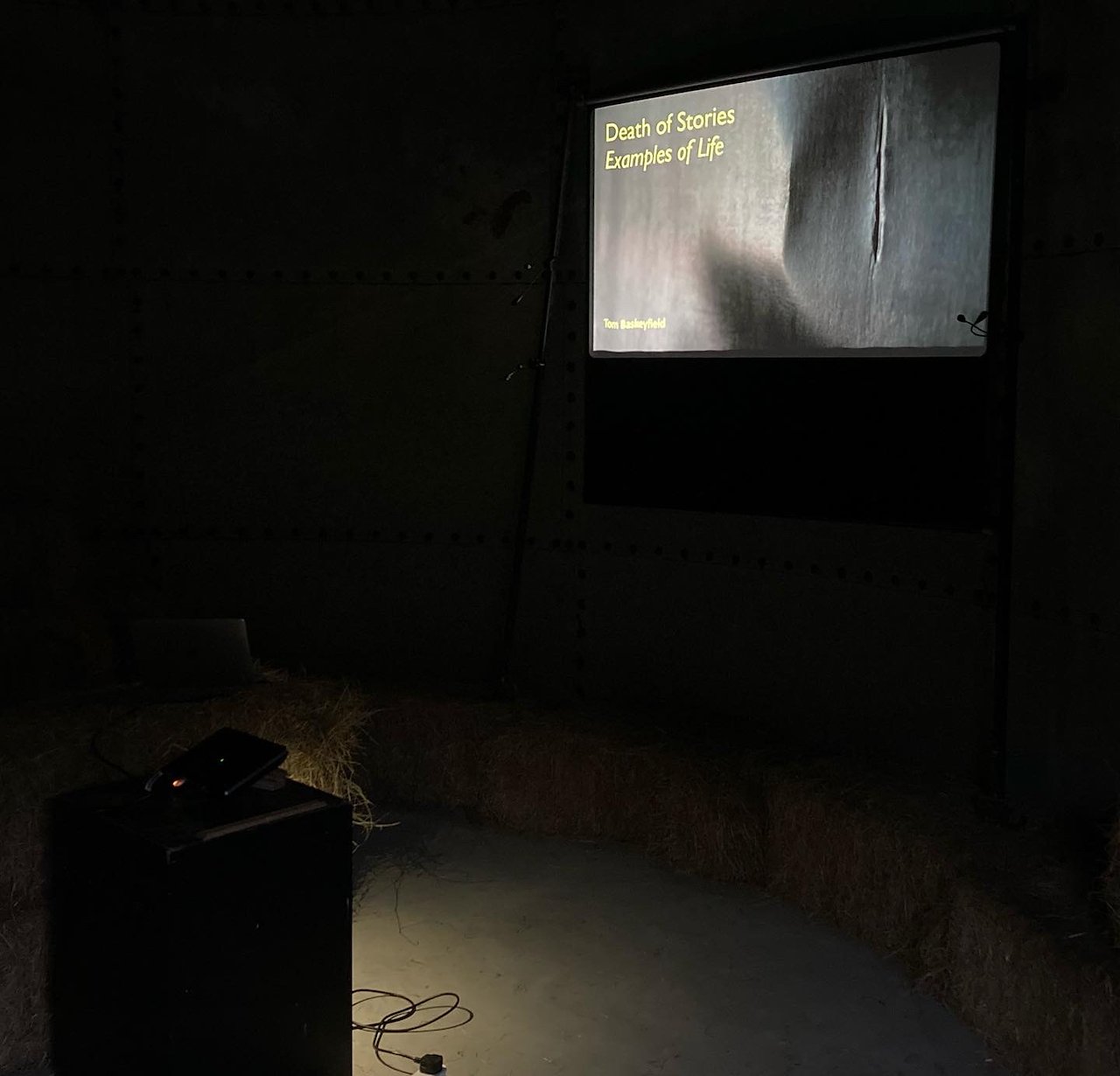
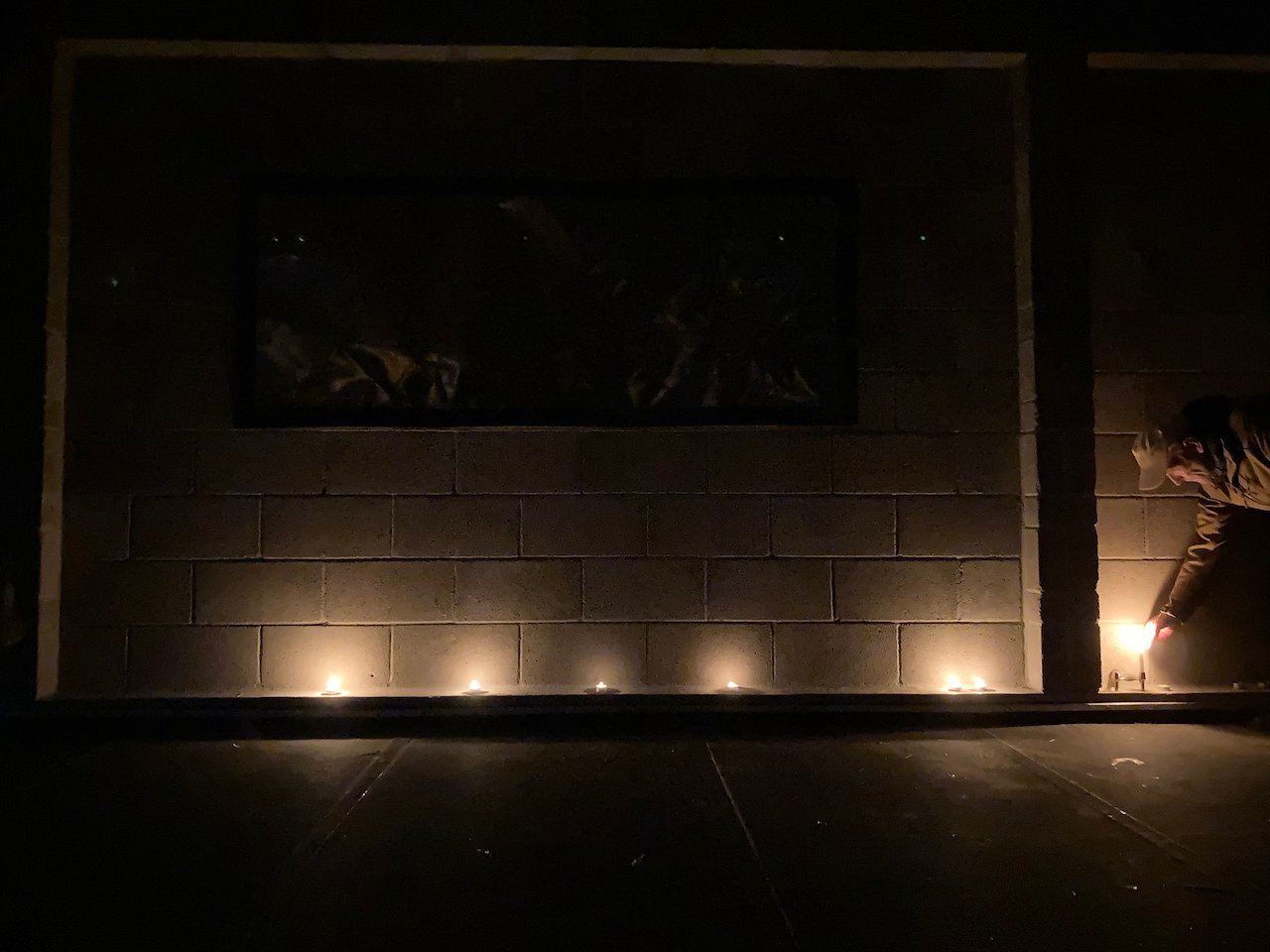
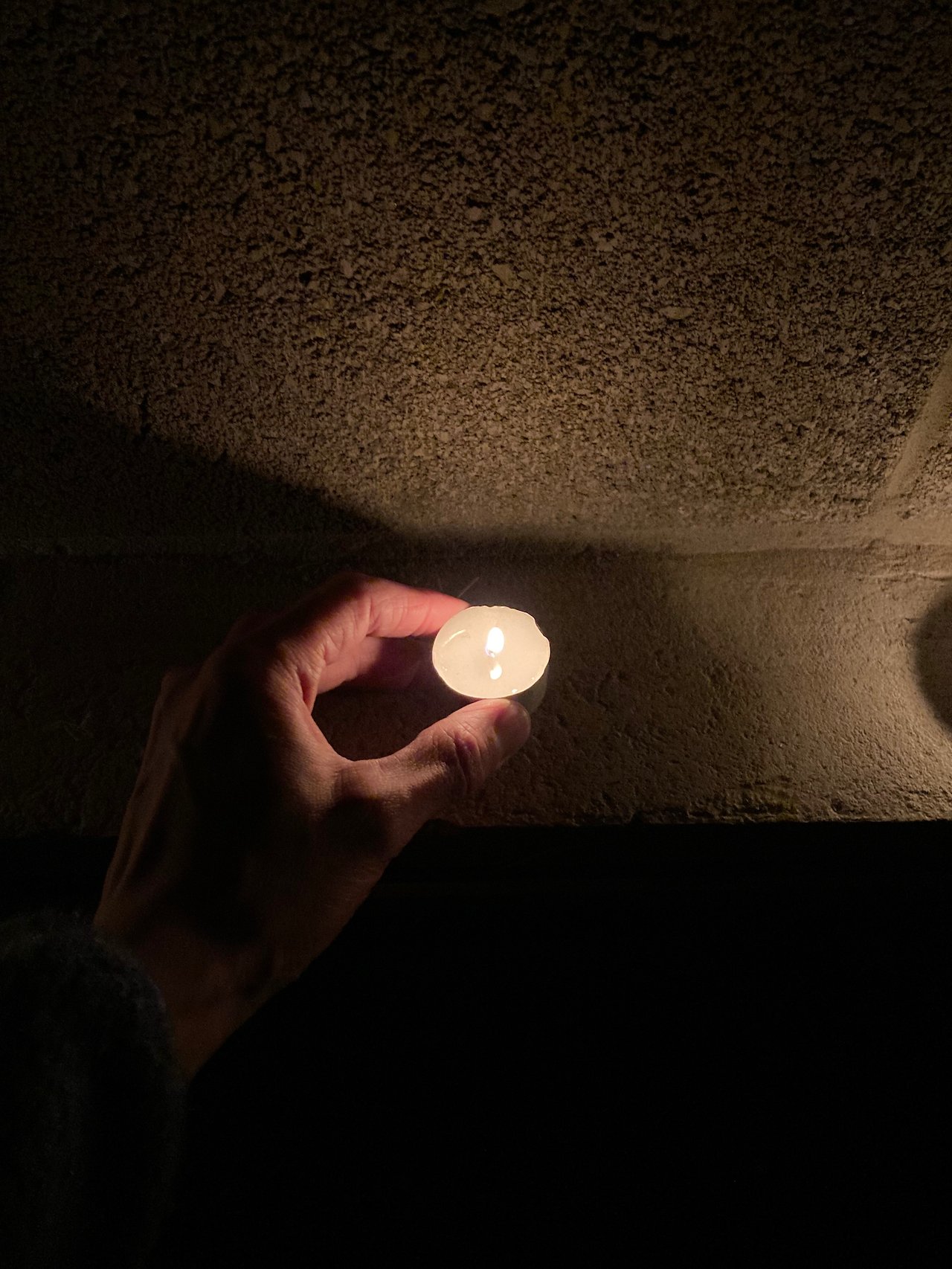
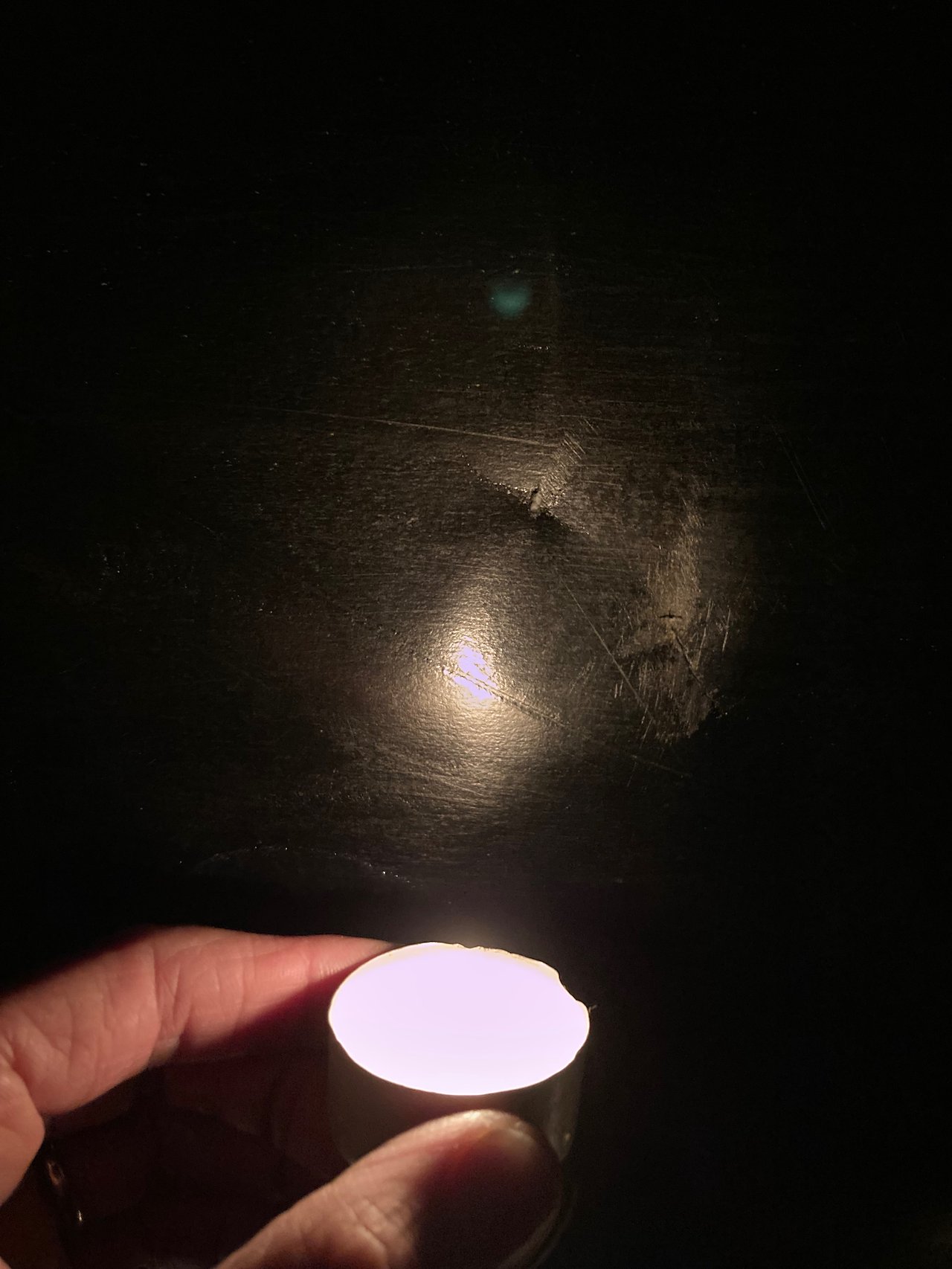
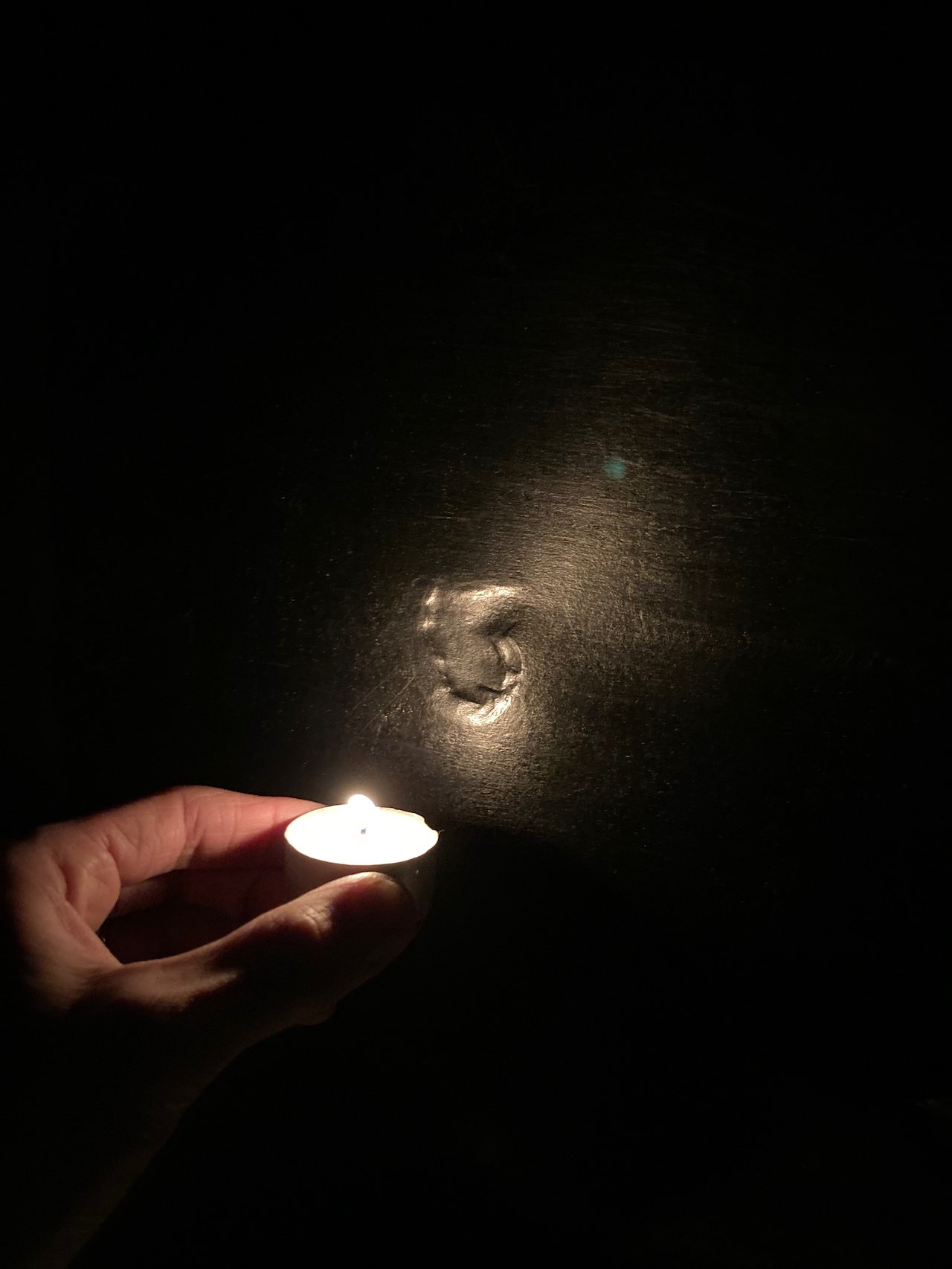
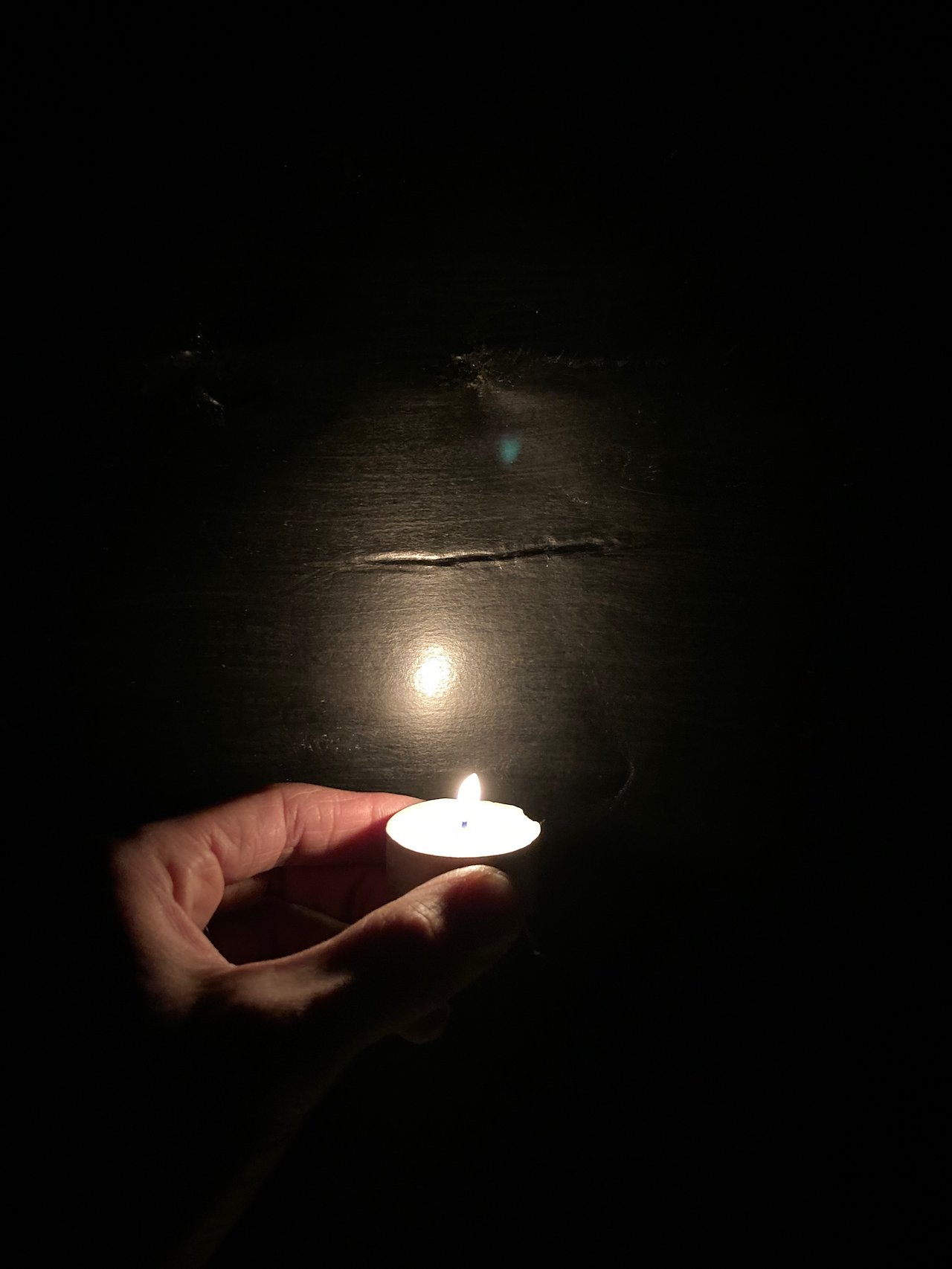
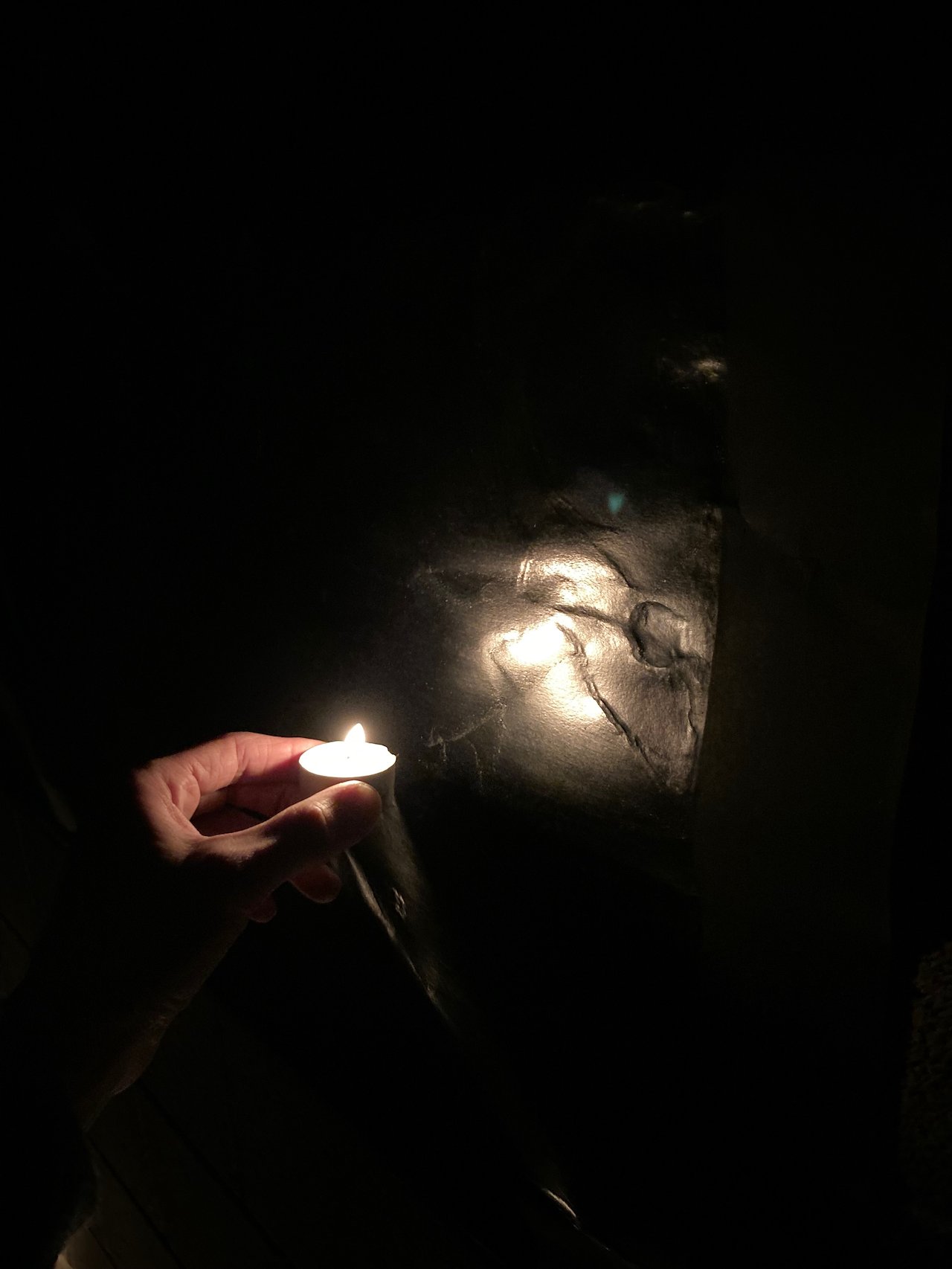

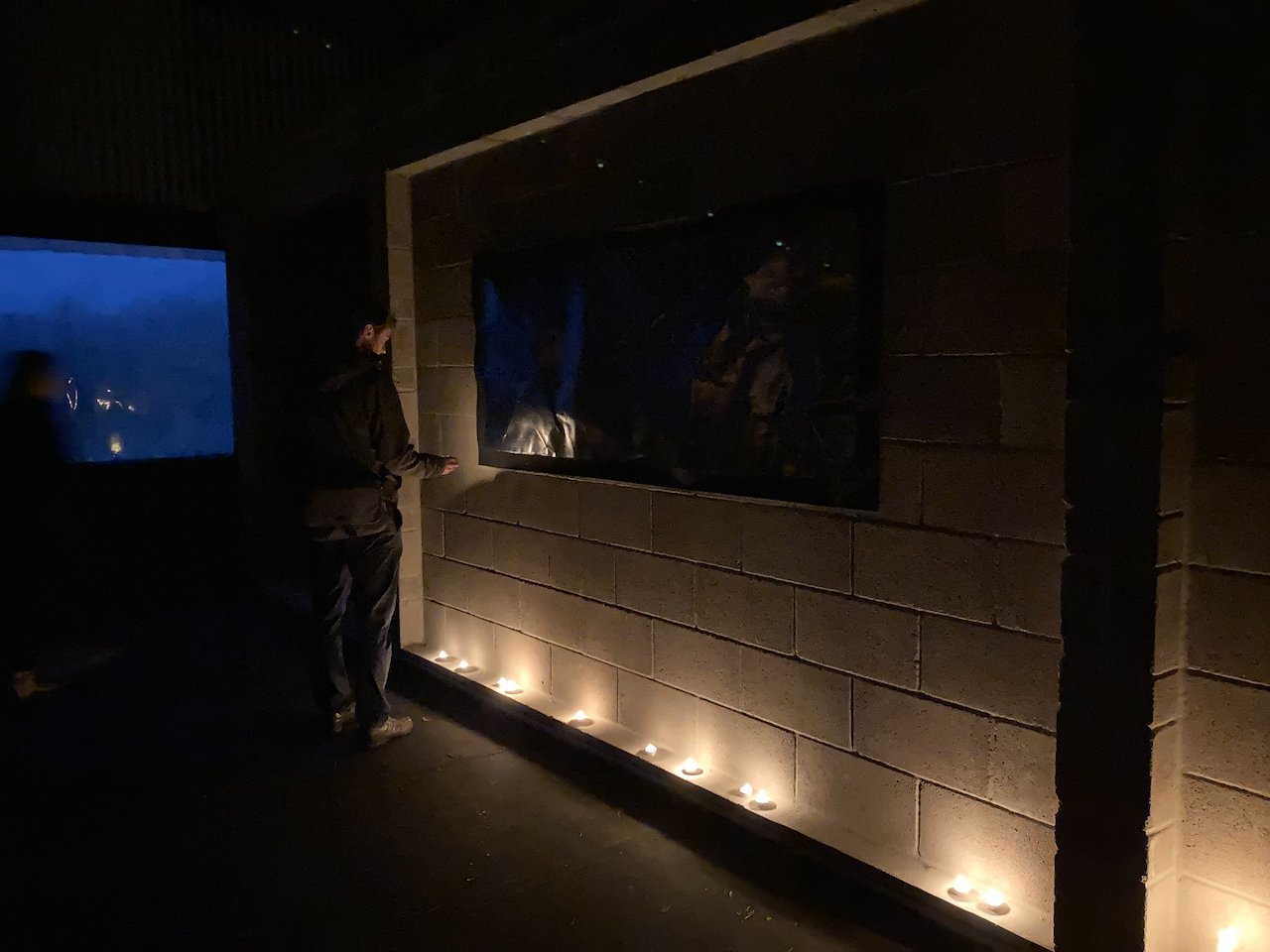

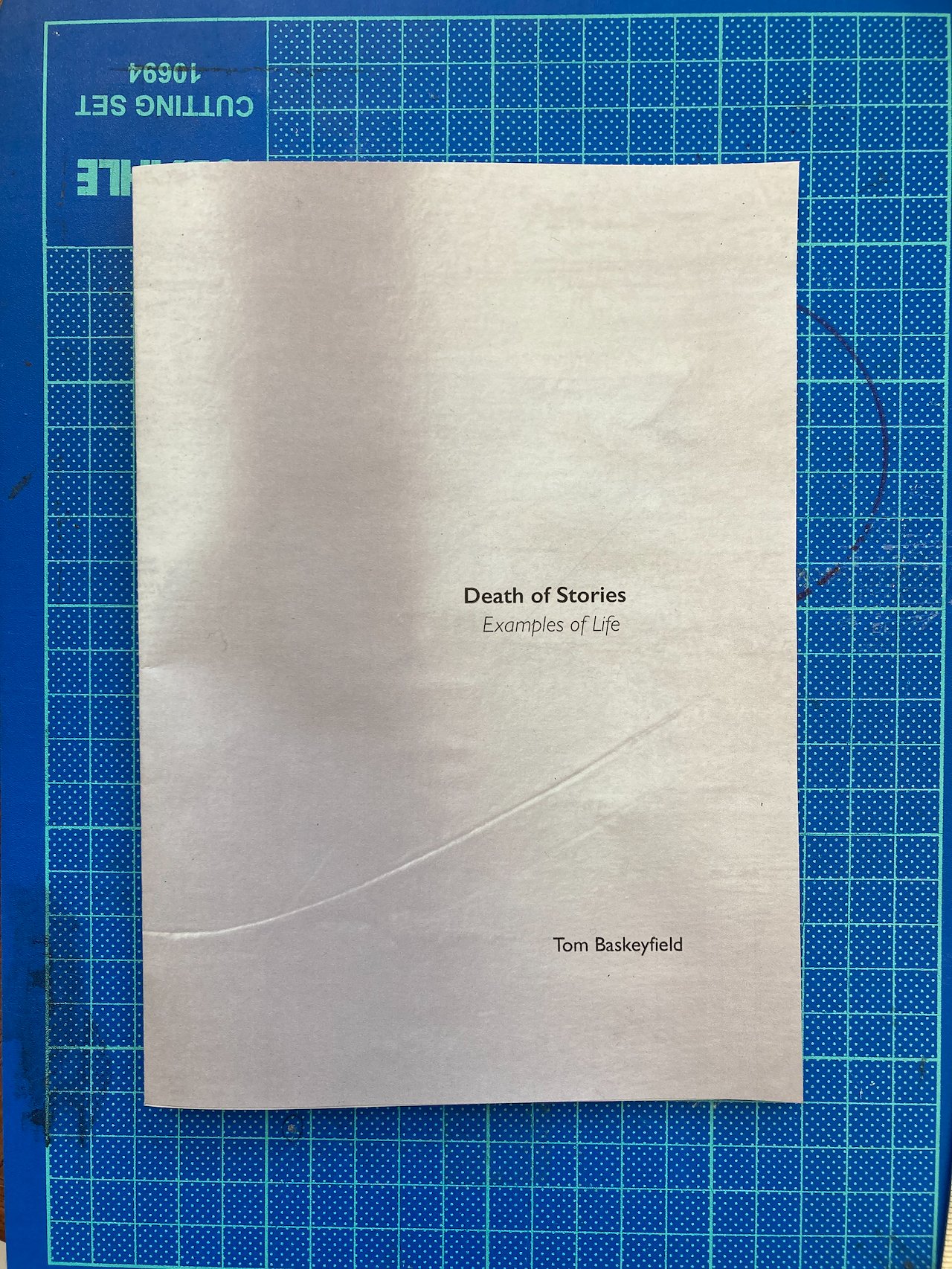


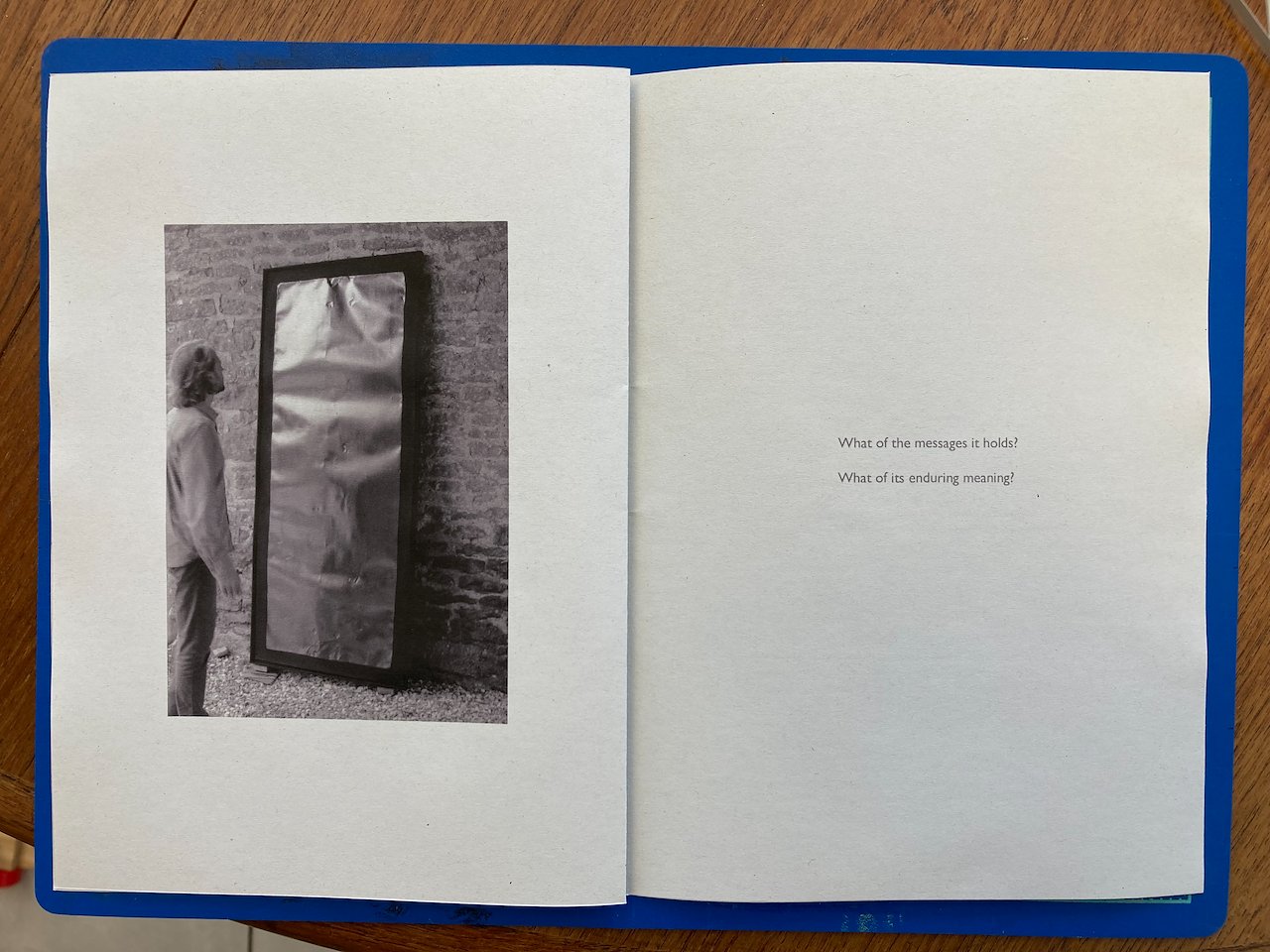
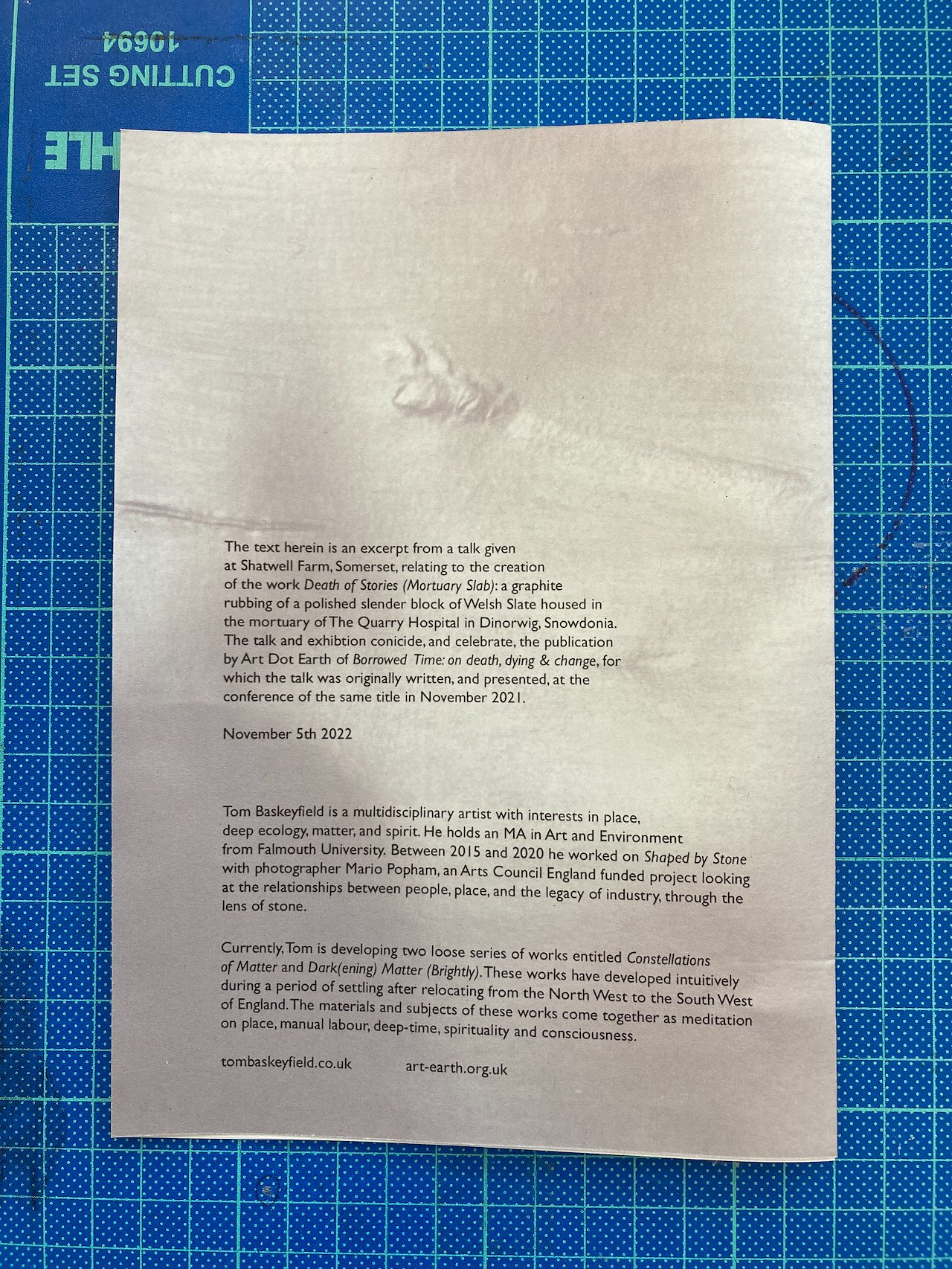
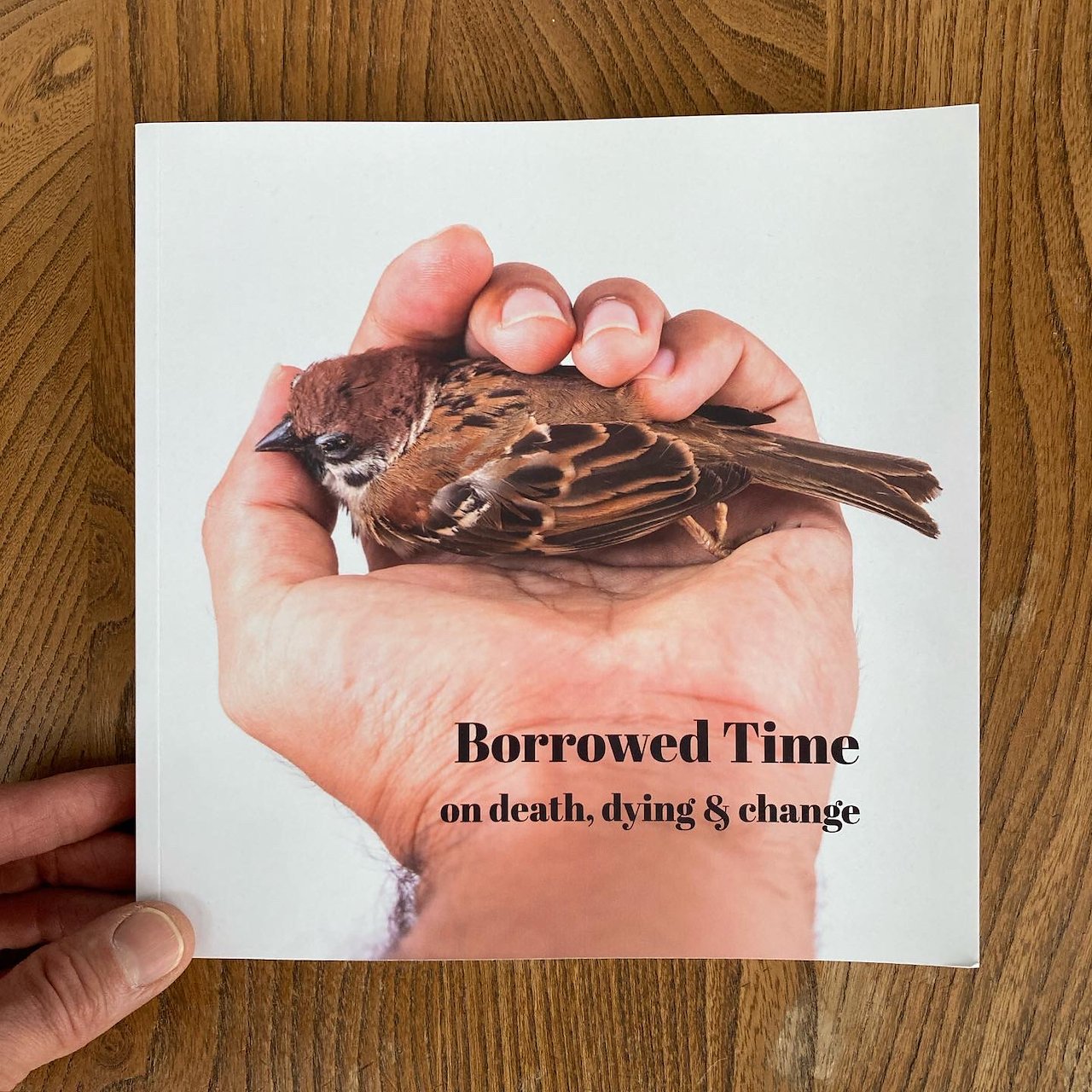

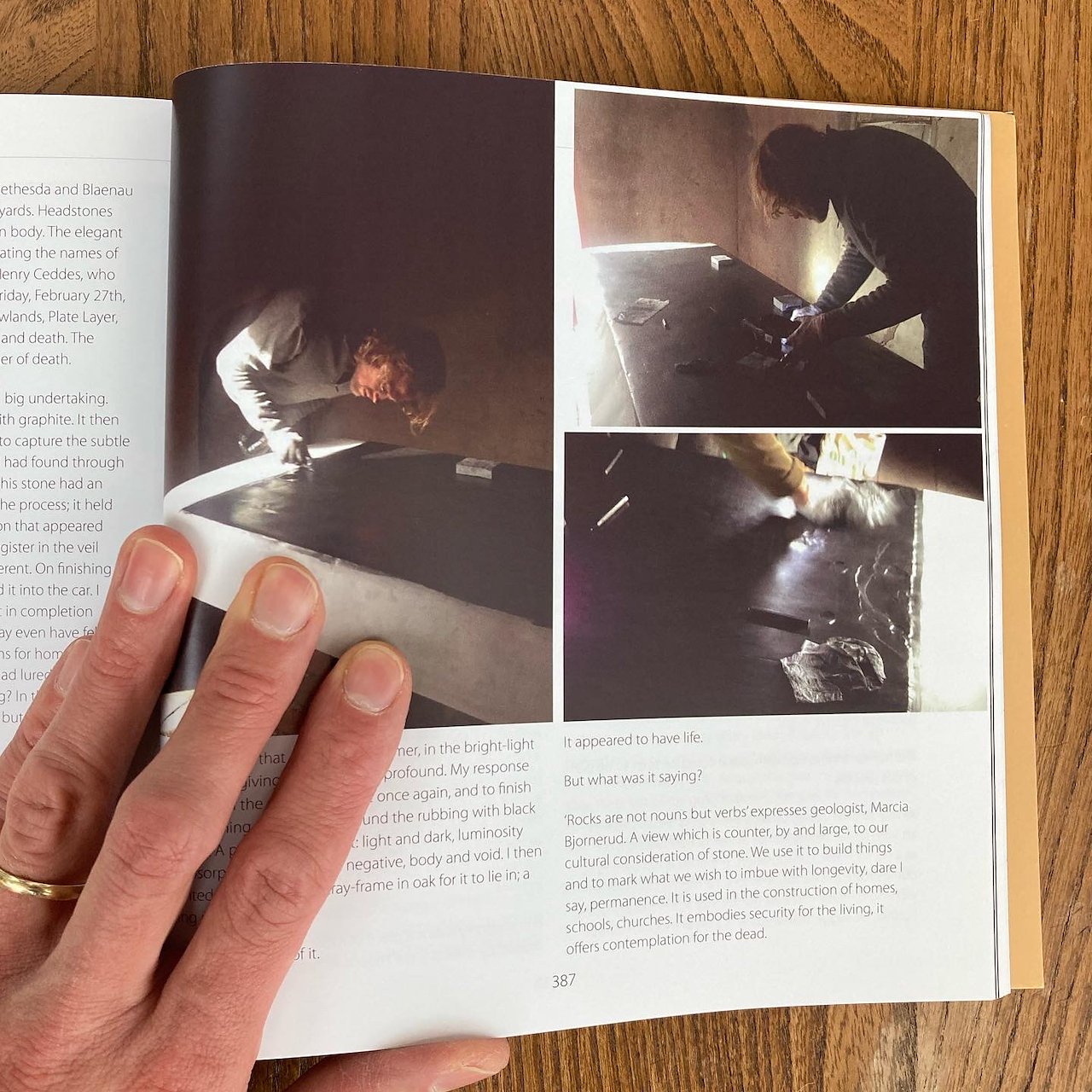

In a small building situated low on a Welsh mountain side, at the shore of a lake, lie two almost identical slabs of slate. On closer inspection one could deduce that these two slabs were once one, split. And with a little further imagination, one knows that they were once part of the mountain outside.
The building that contains these bodies of stone is not much larger than 12 feet x 12 feet x 10 feet, (to the pitch of the roof), the size of a small garage, or an artist’s studio. It has two windows, one on either side, set into thick walls. It has one door centrally aligned. It is through these apertures that light is granted access.
The air is still inside. But with the door open one can hear the toot-toot of the small locomotive chugging alongside the lake and the call of corvids carried up on the breeze. Out there the air busies itself.
The difference between these two spaces, inside and outside, is palpable. It can be tasted. The inside space is dank and uncomfortable, but its quietness invites curiosity in a way that the outside does not. The dim light contrasts with that outside and lures you in. Once inside you are confronted with a truth.
These slabs of slate, this mountain body, were put here to hold the bodies of men who had suffered the worst that the mountain, and their interactions with it, could inflict. These slabs are stone for the dead. Interim resting places before depths of the earth or vapour in the sky.
-
I encountered this small mortuary a few years ago whilst working on a project to do with Welsh Slate. Of Flesh and Stone, as the project was titled, was a glimpse at the slate industry in North Wales and its legacy in the 21st Century. My part in the project was primarily the creation of portraits of stone, as I saw them; fragments of slate captured in paper, using graphite to create a relief of their faces. These shards of stone ranged in size from ones that could fit comfortably in the hand and pocket; to ones that required a back-pack to carry; to ones which couldn’t be moved by hand and body alone.
All except the latter found a place in the project.
The latter was a rubbing made of one of these mortuary slabs.
-
An excerpt from Death of Stories / Examples of Life (2021 – 2022), a presentation / talk given at the conference Borrowed Time: on Death, Dying and Change, curated and hosted by Art dot Earth in the autumn of 2021.
-
Date 2017-2022
Up Next: